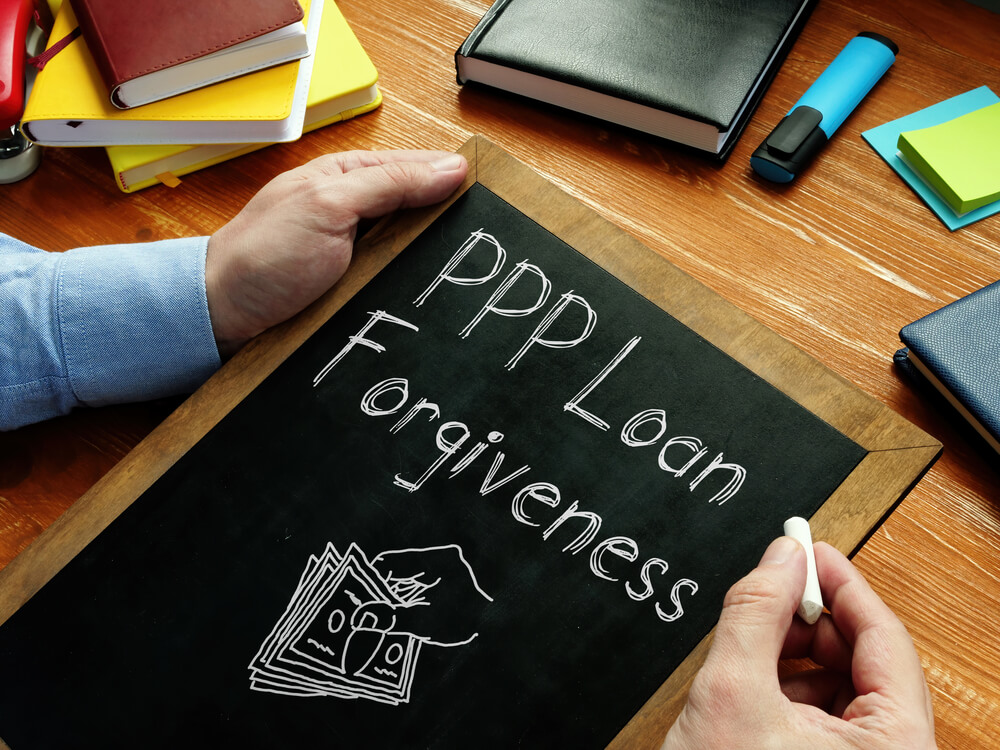Last night, June 3, 2020, the U.S. Senate passed the Paycheck Protection Program Flexibility Act of 2020, tripling the time allotted for small businesses and other PPP loan recipients to spend the funds and still qualify for forgiveness of the loans.
The bipartisan bill, which passed the House last week is now headed to the President’s desk. It loosens some key rules regarding loan repayment and spending restrictions of the PPP.
Leaders from both parties in the Senate pushed to pass the legislation on Wednesday as the clock on the initial eight-week window recently expired for the first recipients of PPP loans. The bill moves the June 30 deadline for spending the PPP funds to Dec. 31 to accommodate the new 24-week window.
Below is a summary of the Paycheck Protection Program Flexibility Act’s main points compiled by the AICPA:
- PPP borrowers who received their funds prior to June 5 have the option to extend the eight-week period for spending the loan proceeds to 24 weeks. Those who received funding on or after June 5 must use the 24-week covered period.
- The payroll expenditure requirement drops to 60% from 75% but is now a cliff, meaning borrowers must spend at least 60% on payroll or none of the loan will be forgiven. Previously, a borrower was required to reduce the amount eligible for forgiveness if less than 75% of eligible funds were used for payroll costs, but forgiveness wasn’t eliminated simply because the 75% threshold wasn’t met. Some members of Congress have stated that they intended to retain the sliding scale, so a technical correction may be forthcoming.
- June 11 update: SBA and Treasury, in an Interim Final Rule issued late on June 10, stated that a borrower spending less than 60% of their PPP loan on eligible payroll costs will still obtain partial forgiveness. This will be on a sliding scale that operates in the same way as the previous 75% rule.
- Borrowers have until Dec. 31 to restore their workforce levels and wages to the pre-pandemic levels required for full forgiveness. The previous deadline was June 30.
- The legislation includes two new exceptions allowing borrowers to achieve full PPP loan forgiveness even if they don’t fully restore their workforce. Previous guidance already allowed borrowers to exclude from the FTE reduction calculation employees who turned down good faith offers to be rehired. The new bill adds that borrowers may also adjust the FTE reduction calculation because they 1) could not find qualified employees or 2) were unable to restore business operations to Feb. 15, 2020 levels due to COVID-19 related operating restrictions.
- If a portion of the loan is not forgiven, borrowers now have five years to repay the loan instead of two. Existing PPP loans can be extended up to five years if the lender and borrower agree. The interest rate remains at 1%.
- The bill allows borrowers whose PPP loan was forgiven to take advantage of the payroll tax deferral provided in section 2302 of the CARES Act. Originally, once a PPP loan was forgiven, the borrower was no longer eligible to defer additional payroll taxes.
An updated forgiveness application form will be coming from the Small Business Administration to reflect the new, more flexible terms. Unless you are already receiving full forgiveness when using the old Form 3508, we recommend that you wait for the new application.
As we have been doing with all coronavirus legislation and SBA guidance during these past few months, we will be sure to update you with any additional insight as soon as possible. Continue to check back here for the most up to date tax information and changes in response to coronavirus. If you have questions about this or related topics contact an MCB Advisor at 703-218-3600 or click here.
Subscribe to the MCB Blog and get all new MCB blog posts sent directly to your inbox.

